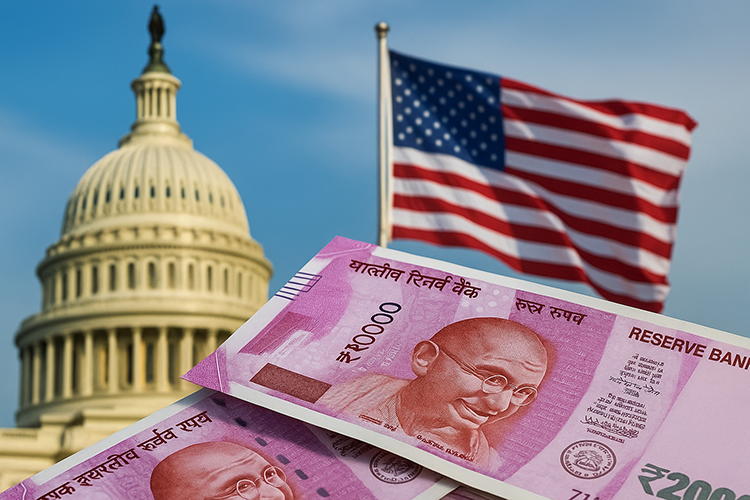2025-10-08
jobs

The U.S. government has introduced a sweeping reform of its H-1B visa program, significantly raising the cost of bringing foreign professionals into the country. As of September 21, 2025, employers that file new H-1B petitions for workers residing abroad must also pay a one-time fee of $100,000 per application—a dramatic increase from previous charges. This change does not affect existing holders or those seeking renewals. The move is intended to reduce what officials describe as misuse of the visa system and prioritize the highest-skilled foreign applicants. India is expected to be particularly affected by the change: Indian nationals have long been the dominant recipients of H-1B visas, accounting for roughly 70–75% of annual approvals and nearly three-quarters of new petitions. The new cost burden may discourage smaller firms from sponsoring foreign workers, especially those seeking entry-level or project-based roles. As a result, many Indian service companies are accelerating efforts to deliver more work from Indian locations, rather than rely on posting staff abroad. U.S. universities and research institutions are already seeing the financial strain. Some predict the new fee could impose additional costs in the tens of millions of dollars yearly for institutions that depend heavily on foreign talent in teaching, research, or technical roles. Legal challenges to the policy have been filed, with several groups arguing that the fee is excessive, was enacted without full legislative review, and threatens to limit innovation and competitiveness. Within India, industry bodies and government officials are pressing for exceptions, negotiated arrangements, or alternative visa mobility mechanisms. Some firms are weighing greater investment in domestic talent, while others may seek graduate-and-placement partnerships or relocation to visa-friendly jurisdictions. The strategic impact goes beyond immigration: it touches India’s trade in services, global talent flows, and the competitiveness of firms that have relied on cross-border staffing. Ultimately, the long-term effects will depend on how employers adjust, how courts rule on the legality of the fee, and whether special exemptions or bilateral talent-mobility frameworks are negotiated. The new policy signals that U.S. visa entrants may come at a much higher price than before—and that India’s traditional advantages in supplying global professionals may now face important limits.

